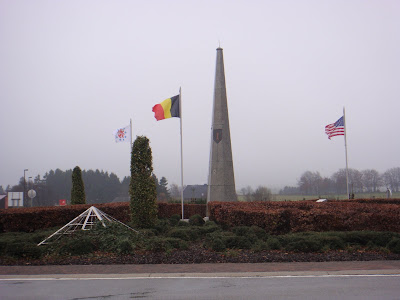I decided to give it another shot this week, figuring, what are the odds Mass would be cancelled or changed two weeks in a row. I guessed right; there was indeed a service. Today was the feast of Christ the King, so we celebrated that. In addition, for some reason I didn't catch, the offertory involved bringing baskets of rolls up to the altar. It was also the feast of Saint Cecilia, the patron saint of music, so before Mass ended the congregation honored the organist and the cantor with small gifts. Before we were dismissed there was an announcement that they'd be giving out the rolls. And that the blessing of horses would follow immediately after the service.
Huh?
I thought maybe I'd misunderstood or they were going to go out to some farm to bless some guy's horses. But when I walked out of the church to the parking lot, there was a line of horses and riders waiting for their blessing. I then realized why the stable I'd passed on the way over there had been a beehive of activity at such an early hour: students from the riding school were preparing to ride their horses the short distance over to the church. So there they were, waiting patiently for their blessing. I wished I'd had a camera.






